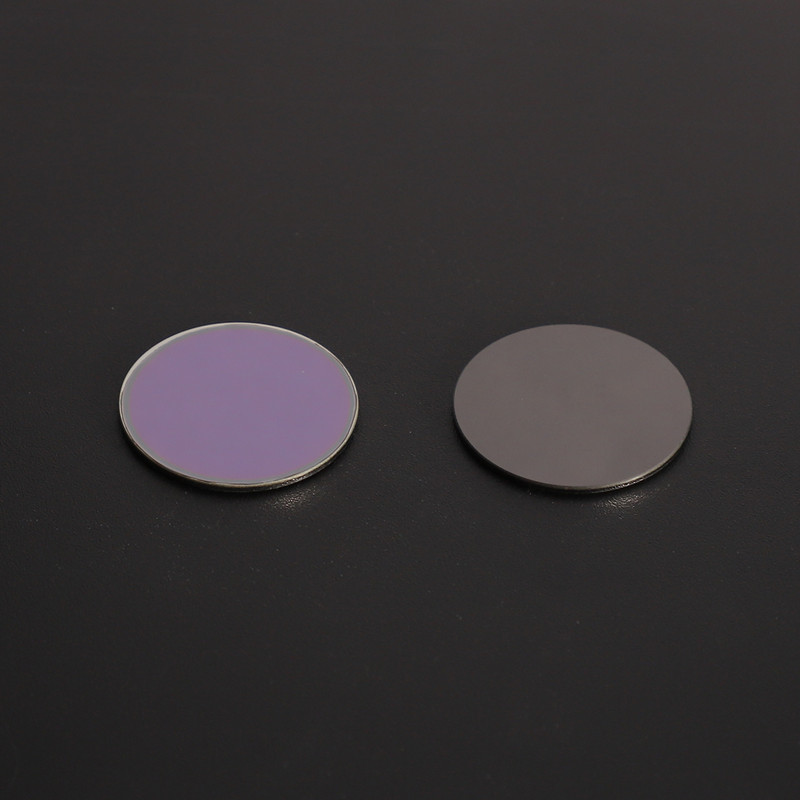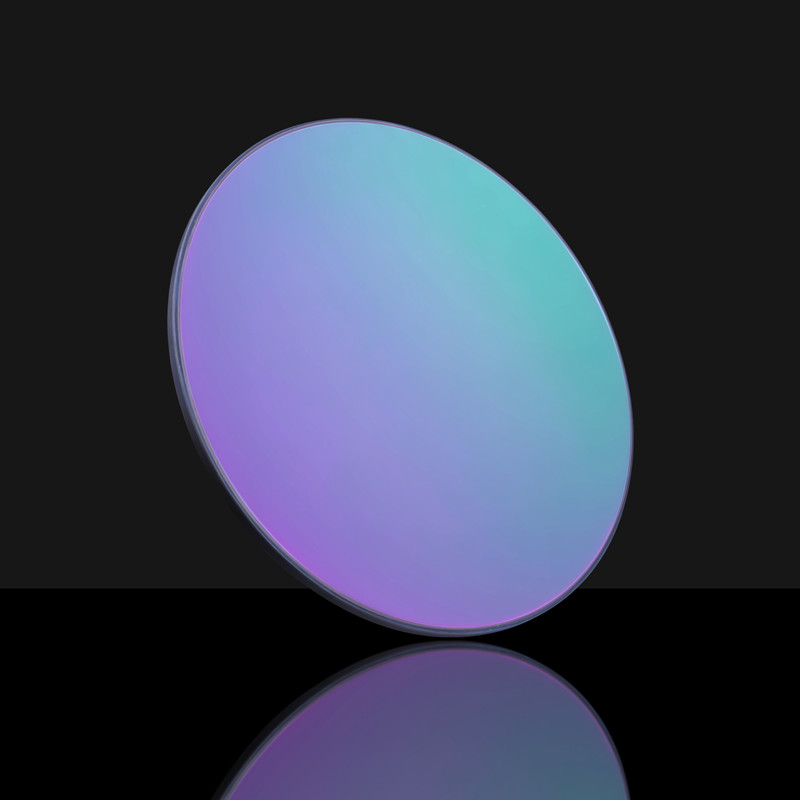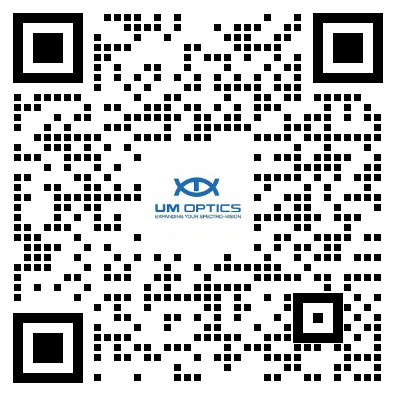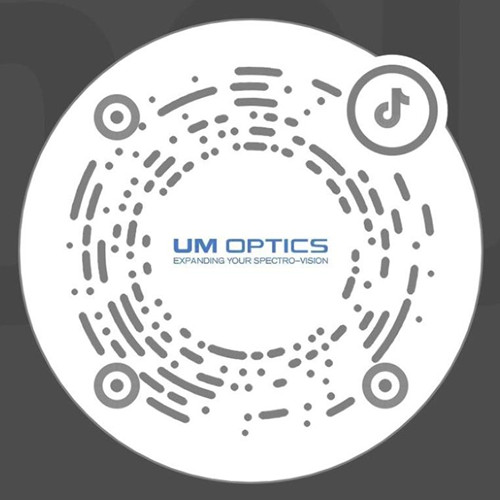Anti reflective film is an optical thin film mainly used to reduce the reflected light on the surface of optical components, thereby improving the transmittance of light. So, what are the principles and applications of anti reflective membranes?
1、 The principle of anti reflective film
1. Reflection and interference
When light passes through the interface between two media, a portion of the light will be reflected, forming reflected light. The intensity of reflected light is related to the relationship between the incident angle and the refractive index of the medium. When multiple layers of thin films are stacked together, interference occurs between reflected and transmitted light. Interference is caused by multiple reflections and refractions of light of different wavelengths inside the thin film.
2. Refraction and phase difference
When light enters another medium with a different refractive index from one medium, it undergoes refraction, and there is a certain relationship between the incident angle and the refractive angle. By selecting appropriate thin film materials and thicknesses, the anti reflective film can control the refractive index and phase difference of light waves. The change in phase difference can cause interference of light waves on the surface of the medium and other interfaces.
3. Interference effect
The anti reflective film introduces multiple thin film layers in the light propagation path, and the thickness and refractive index of these thin film layers are precisely controlled, forming interference effects. When light waves propagate from one layer of anti reflective film to another, they interfere, reducing reflection and increasing transmittance. This interference effect is determined by the optical properties of the thin film and the relative phase difference between the thin films.
2、 Optical applications of anti reflective films
1. Optical instruments and equipment
Microscope and telescope: Reduce the reflection on the surface of the lens, making the observed image brighter and clearer.
Camera lens: can increase the transmittance of light, making the photos taken brighter and more colorful.
2. Display technology
Liquid Crystal Display (LCD): It can improve the brightness and contrast of the screen, making the displayed content clearer and more vivid.
Touch screen: reduces the reflection on the surface of the touch screen, improves the accuracy and response speed of touch operations.
Projection screen: Increase the brightness of the projection image and reduce discomfort to the audience's eyes.
3. Solar photovoltaic
Solar panels: can increase the transmittance of light and improve the photovoltaic conversion efficiency of solar cells.
4. Architectural and automotive glass
Building windows and curtain walls: can reduce the reflection of indoor and outdoor light, improve the utilization of indoor light, and reduce the reflection interference of outdoor landscapes.
Car windshield: The car can reduce the reflection of rainwater and sunlight, improving the driver's visibility.
The above is an answer to the principle and application of anti reflective membranes. We hope it will be helpful to you. If you have any questions, please feel free to consult or leave a message online.








